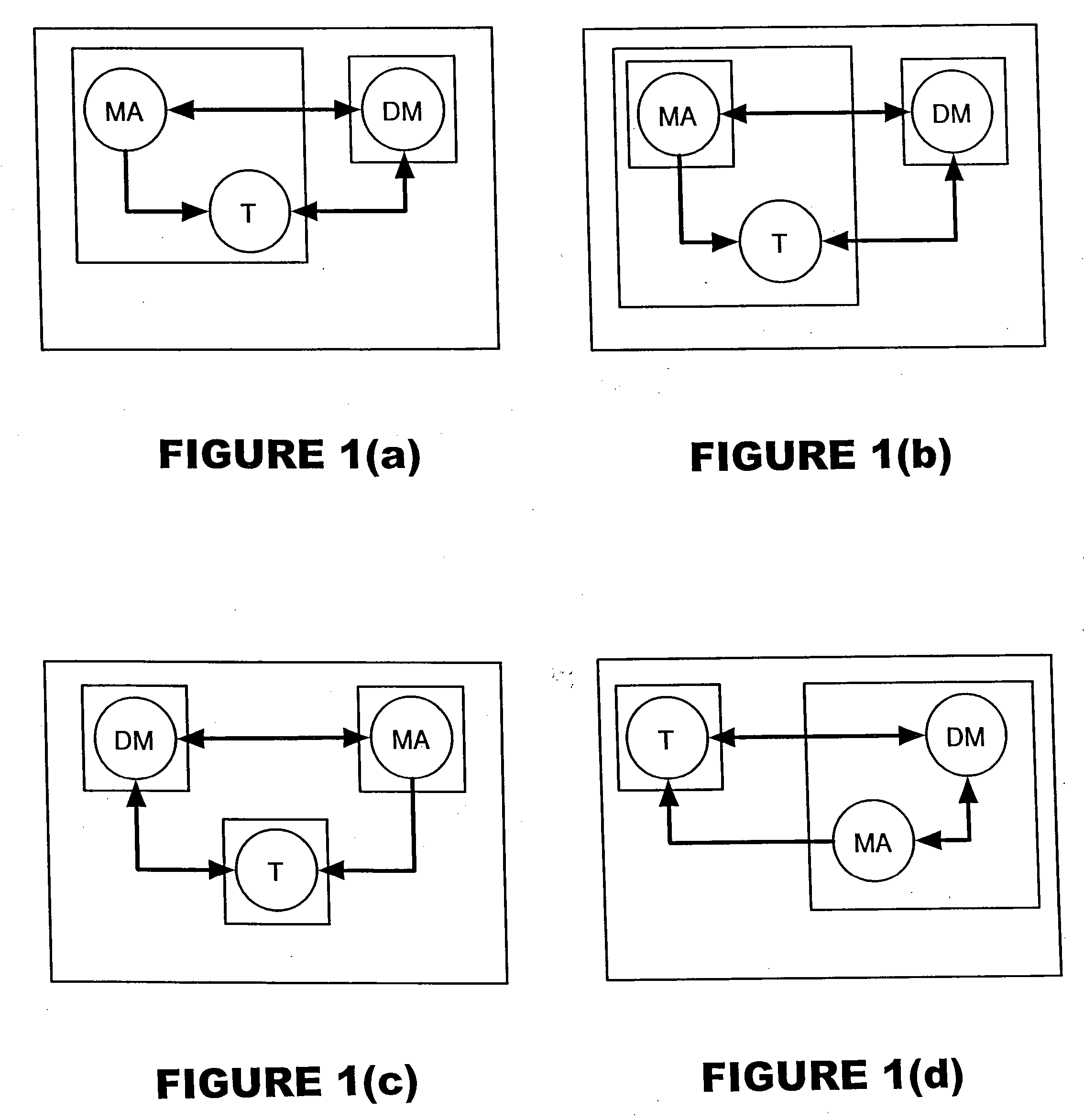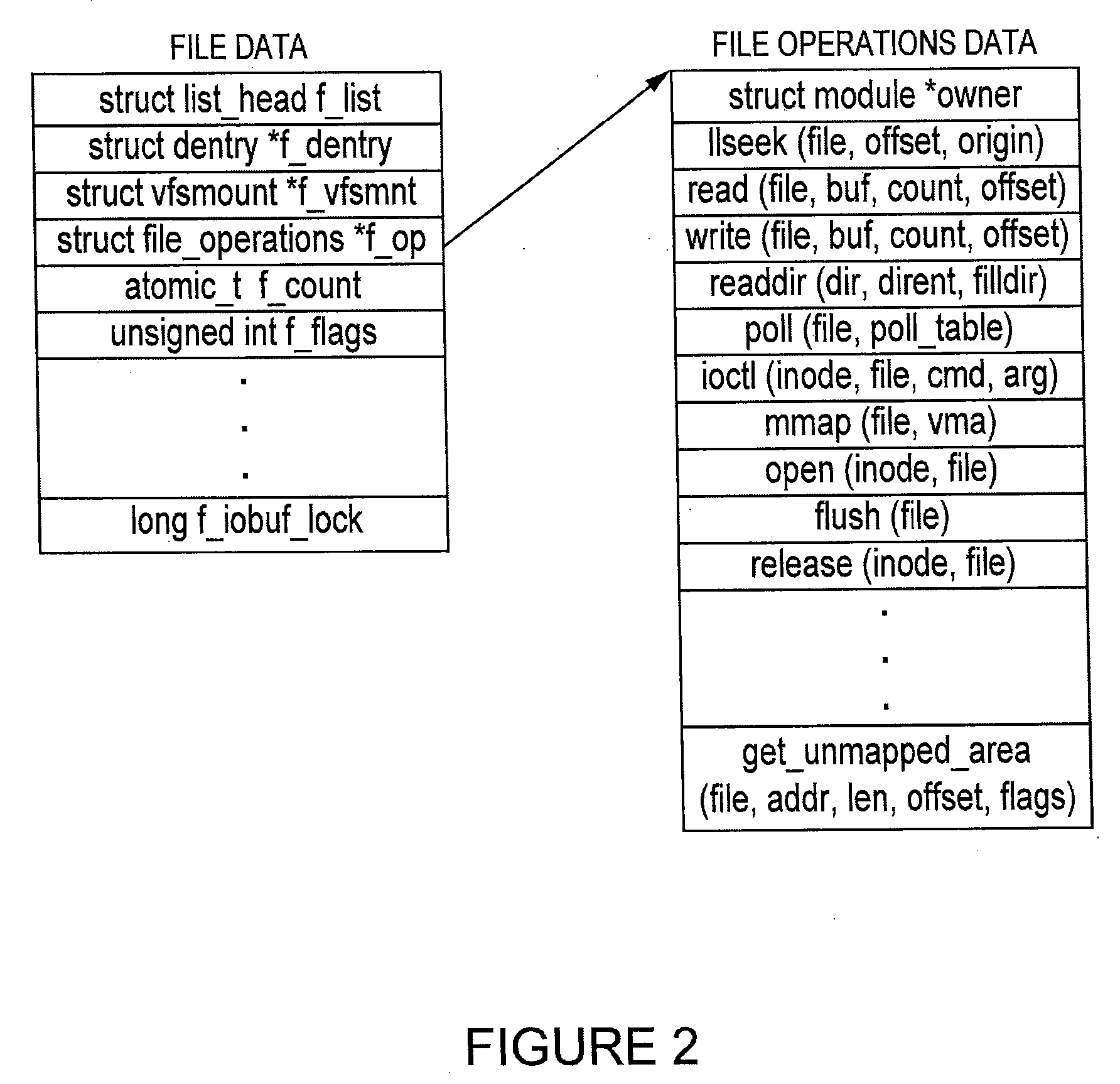Methods and system for program execution integrity measurement
- Summary
- Abstract
- Description
- Claims
- Application Information
AI Technical Summary
Benefits of technology
Problems solved by technology
Method used
Image
Examples
Embodiment Construction
[0002] This invention was made with Government support under Department of Defense contract MDA904-02-D-0302. The Government has certain rights in the invention.
BACKGROUND OF THE INVENTION
[0003] 1. Field of the Invention
[0004] The present invention relates generally to integrity measurement and, more particularly, to methods and system to verify the integrity of a software-based computer system.
[0005] 2. Description of the Related Art
[0006] The computer industry has shown increased interest in leveraging integrity measurements to gain more confidence in general purpose computing platforms. The concern regarding this trend is that the approach to integrity measurement promoted by new security technologies has yet to sufficiently mature for realization of integrity measurement's potential security impact.
[0007] In the general sense, measurement is a process of characterizing software. There are any number of ways in which the same piece of software could be characterized, each po...
PUM
 Login to View More
Login to View More Abstract
Description
Claims
Application Information
 Login to View More
Login to View More - R&D
- Intellectual Property
- Life Sciences
- Materials
- Tech Scout
- Unparalleled Data Quality
- Higher Quality Content
- 60% Fewer Hallucinations
Browse by: Latest US Patents, China's latest patents, Technical Efficacy Thesaurus, Application Domain, Technology Topic, Popular Technical Reports.
© 2025 PatSnap. All rights reserved.Legal|Privacy policy|Modern Slavery Act Transparency Statement|Sitemap|About US| Contact US: help@patsnap.com



